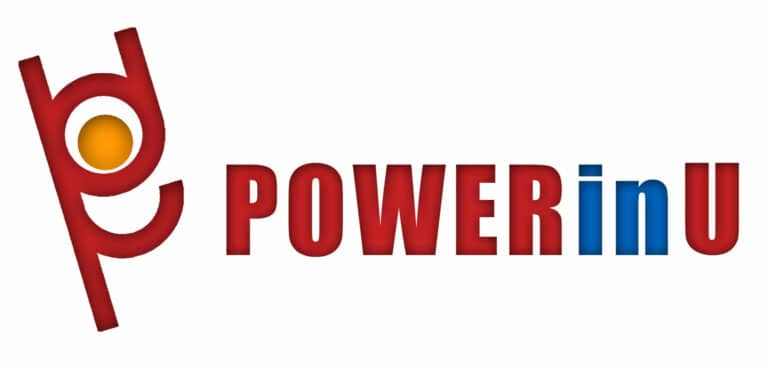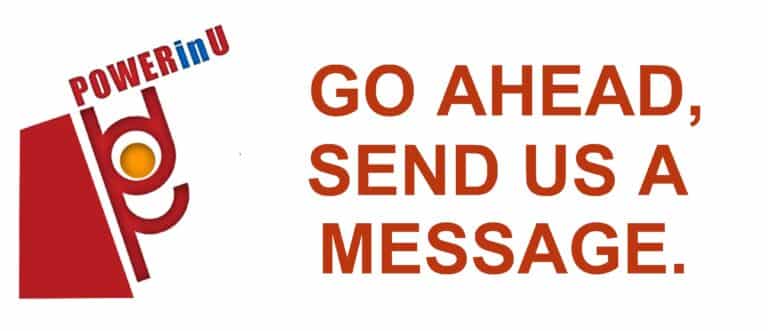
“Do I belong in this team?”
“Does my team value my skills?”
“Do I get to do what I am good at?”
“Am I engaged?”
“Do I bring passion and commitment to my work and my company?”
These are some of the questions team members might reflect on and want to discover, as they collaborate and work together to achieve goals effectively as a team.
What do these questions mean for the organization and leaders?
- Foster a sense of belonging – “Do I belong in this team?”
- Align strengths – “Does my team value my skills?”, “Do I get to do what I am good at?”
- Engage employees – “Am I engaged?”, “Do I bring passion and commitment to my work and my company?”
Mastering Team Collaboration
Mastering these 3 Team Collaboration elements produces two sought-after results:
- High-performance teams
- A highly engaged organizational culture
To develop the competency of teamwork and collaboration, it is important to balance the process and the end-results. For example, ideas, goals and expectations are balanced and processed to arrive at end-results like innovative solutions, ownership, empowerment and accountability.
Aligning Strengths
According to ATD research, organizations increase engagement by 50 percent when they manage according to individual employee strengths. Hence, leaders should be always looking for ways to connect and align the needs and goals of the organization (such as value, competitive advantage, retention, etc) with employee strengths (such as progress, mastery, alignment).
Encouraging Engagement
In his book “Drive” by Daniel Pink, he presents a new paradigm about “Motivation 3.0.” Rather than a system of rewards that most businesses use to motivate, he suggests that the secret to better team performance is the need of employees to direct their own lives, to learn and create new things, and to do better by themselves and work.
The Big Idea
This means that we can motivate our selves in any given situation by intentionally, mindfully choosing (autonomy) to connect our values, our competence and our sense of noble purpose (mastery and purpose) to the requirements of situation.
Bottomline, engagement and motivation are internally activated whenever the emotional needs for autonomy, mastery and purpose are met. In other words, motivation happens naturally, whenever our need for autonomy, mastery, and purpose are met.
Since motivation is a skill that properly falls under Emotional Intelligence’s domain of self-management, this also means that we can motivate ourselves in any given situation by engaging System 2 thinking – the slow, voluntary, reflective, intentional thinking.
This is good news! It frees up leaders to think more in terms of meeting needs than pushing the right buttons. Motivation will emerge from within people when their leaders help them figure out how to fulfil their emotional needs for autonomy, mastery, and purpose.
References: 1) Original material by Karl Mulle © 2015 ATD; 2) Daniel Pink, “Drive: The Surprising Truth About What Motivates Us”
Related posts:

